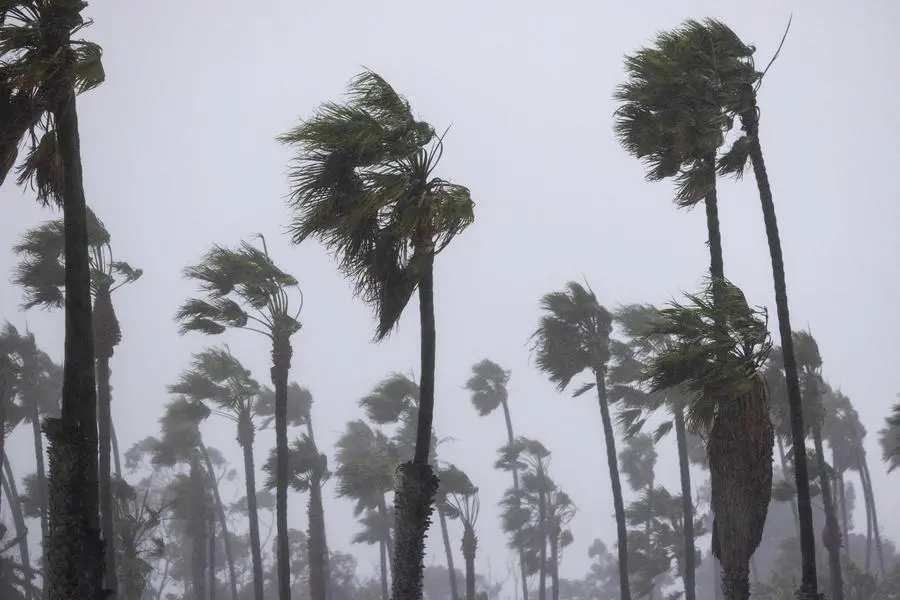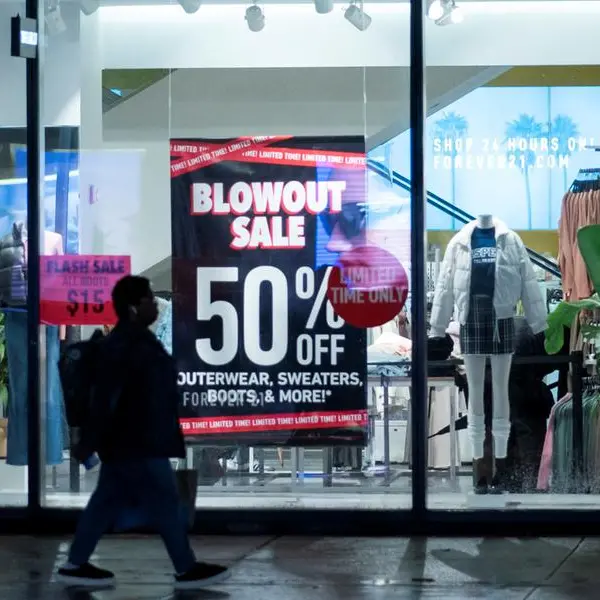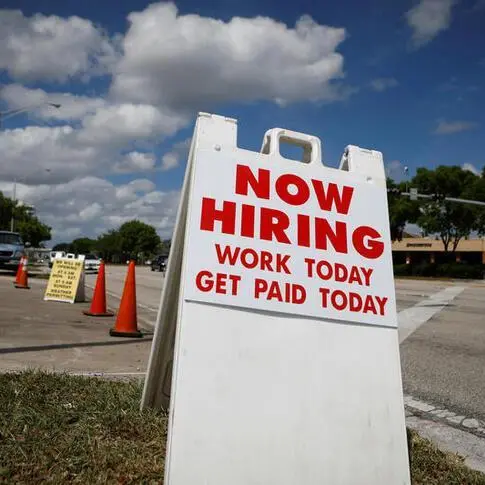PHOTO
Swaths of the US state of California were flooded on Monday and hundreds of thousands of people were without power after a dangerous storm brought heavy rains and prompted a state of emergency.
"This is a serious storm with dangerous and potentially life-threatening impacts," said Governor Gavin Newsom as he declared the state of emergency for eight counties in Southern California.
Affected areas include Los Angeles, Orange, Riverside, San Bernardino, San Diego and Santa Barbara.
Nearly 700,000 customers were without power early Monday morning, according to the electricity supply tracker PowerOutage.us.
Dozens of flights in and out of Los Angeles airport were delayed or canceled, according to flightaware.com.
The National Weather Service had earlier issued a warning that a "strong Pacific storm system would bring impactful and dangerous flooding rains, heavy snow, strong winds, coastal flooding, and high surf to California".
"Heavy rainfall will bring the threat for life-threatening flash, urban, and river flooding as well as debris flows and mudslides," said NWS.
The storm, packing gusts of 60 miles per hour or greater, is part of a "Pineapple Express", a weather phenomenon that grows in Hawaii from near where the tropical moisture is coming.
The NWS described it as "the largest storm of the season".
The US West Coast endured a difficult winter last year when a series of atmospheric rivers dumped billions of gallons of rain and snow.
That brought widespread flooding and travel disruption, as well as problems with the power grid.
But it also replenished severely depleted reservoirs, which had sunk to record lows after years of intense drought.
While wet weather is not unusual during California's winters, scientists say human-caused climate change is altering the planet's weather patterns.
This makes storms wetter, more violent and more unpredictable, while causing dry periods to be hotter and longer.












